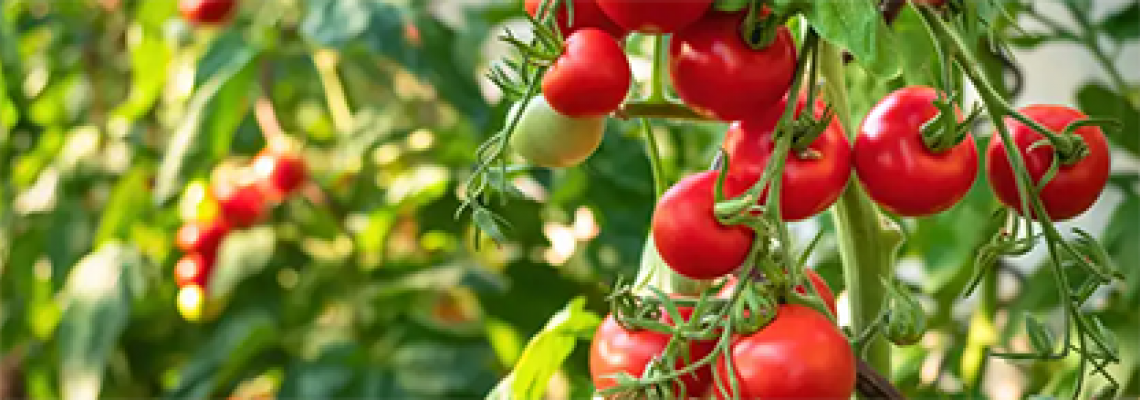
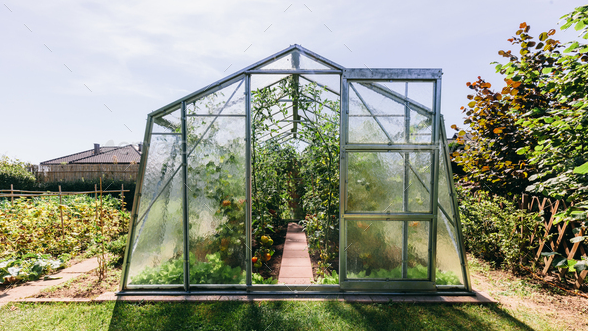
Tomatoes are one of the most popular plants to grow in a garden, and for good reason. They can be grown in a wide range of soil types and can tolerate a variety of environmental conditions. This makes them a great choice for both novice and experienced gardeners.
Maintaining a garden requires a significant amount of time, effort, and expertise. While many homeowners enjoy tending to their gardens, others may find it difficult to keep up with the regular upkeep that is necessary to keep their outdoor space looking healthy and beautiful. This is where CREWCUT comes in.
You can also build a home greenhouse for your tomatoes, which offers a level of protection from pests and & nbsp; weeds that can damage or kill outdoor tomato plants.
Growing tomatoes in a home greenhouse can be a tasty and rewarding experience, although they do require more attention compared to some herbs. To ensure your tomato plants grow to their full potential, you'll need to take additional measures and provide proper care.

1. Watering
The first step in tomato care is understanding how much water they need. A good rule of thumb is to start with over-watering and do not re-water until the soil is dry. You should be watering the plants every day or every other day depending on how fast the soil dries out. It is also beneficial to mist the plants. This will help distribute the water evenly, prevent you from over-watering, reduces the amount of soil on the leaves, and it aids the fruit. It is important to try to not splash the wet soil or water onto the plant leaves to prevent disease.
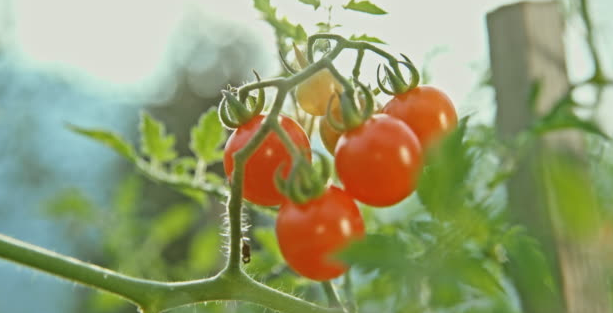
2. Light
Tomatoes require lots of sunlight so putting them close to a window or under good grow lights will help your tomatoes grow. Additionally, the sunlight or artificial light helps heat the plants. Since they grow best between 70- and 75-degrees Fahrenheit, the light will help the greenhouse reach that temperature. Tomatoes are so sensitive to temperature and light, therefore, a proper greenhouse can save you a lot of effort, usually, a polycarbonate greenhouse is highly recommended, especially the 6 mm thickness one, which has up to 88% light transmission rate, and distributes the sunlight more evenly.
For more Greenhouses For Sale please click here.
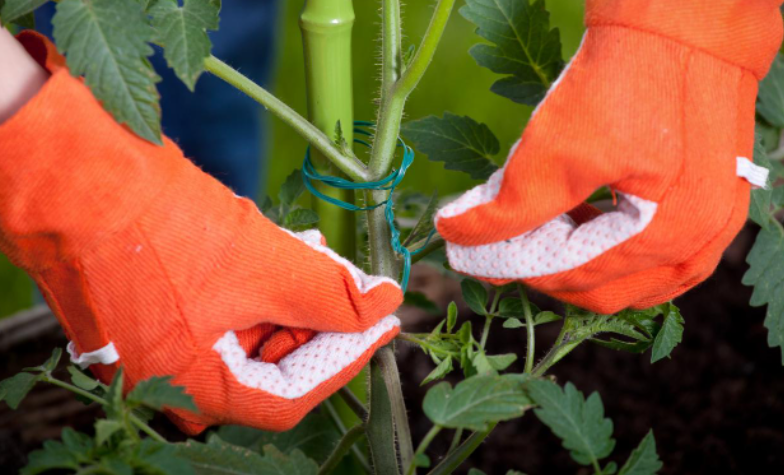
3. Staking
You will need to provide support for your tomato plants by staking them. Stakes often come in the form of wood, plastic, or bamboo sticks with a pointed end. Place the stake next to your plant. As the plant grows use garden twine, fabric, or nylon to tie the stalk of the plant loosely to the stake. The plant will need to be tied about every six to eight inches. If you don’t stake your plants, you may find that they collapse.
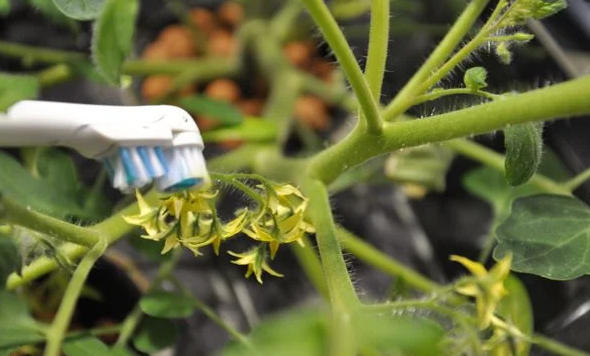
4. Improving pillination
When growing tomatoes in a greenhouse, open the vents regularly to give pollinating insects access to the flowers. You can also lightly tap or shake the flowers when fully open to aid pollen transfer within the flower. Misting flowers with water may also help.
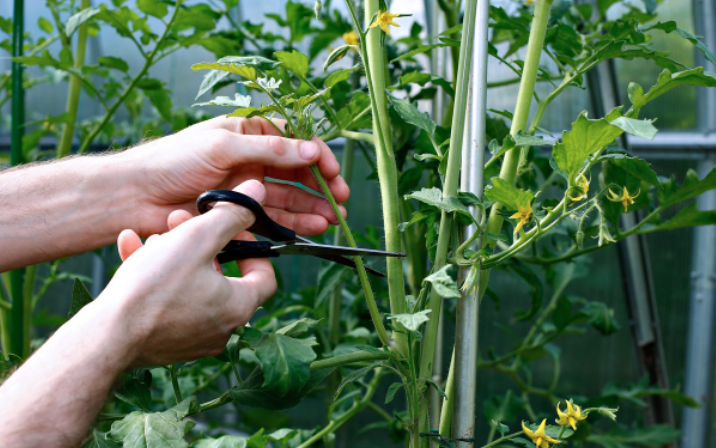
5. Side-shooting tomatoes
Vine varieties need their side shoots removed - this involves removing the new shoots that grow between the leaf and the stem. This ensures your tomato plant puts all its energy into growing its main stem until you remove the growing tip. Take care to remove the side shoots cleanly, without leaving any stubs or damage as this will encourage fungal diseases such as botrytis.
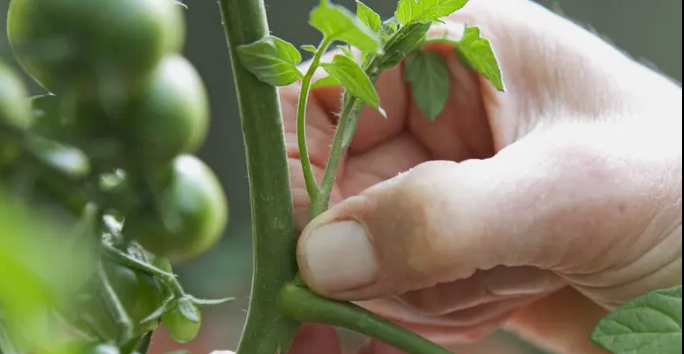
6. Removing leaves
Taller plants will require some removal of the lower leaves, known as de-leafing, to encourage the ripening of fruit. Use a sharp knife to deleaf flush with the stem. Remove leaves up to the first low-growing tomato plants that have ripening tomatoes on.
That’s all for today, hope these tips may help you harvest big and juicy tomatoes.
You may be interested in the following topics:
Greenhouse Base Preparation Guide
What Greenhouse Size Do You Need?
6 Must-Have Greenhouse Accessories

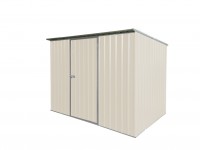



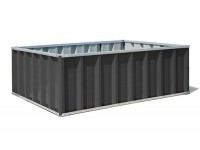
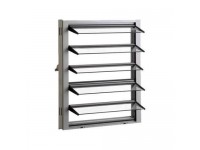
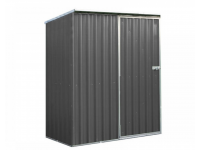
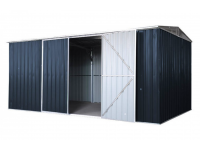
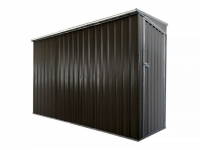

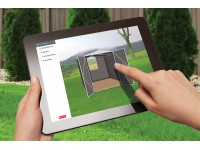

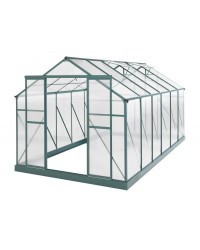
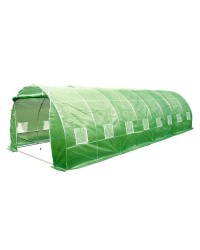
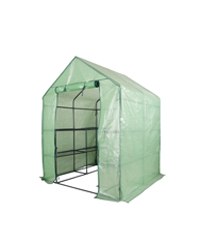
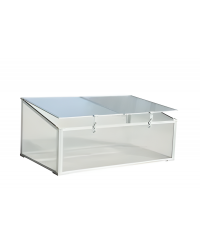
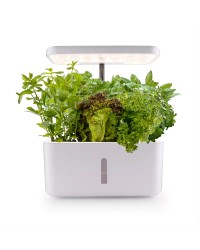
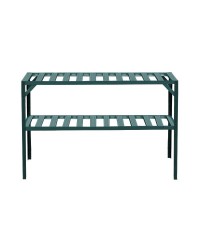

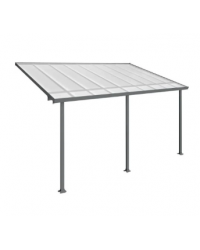




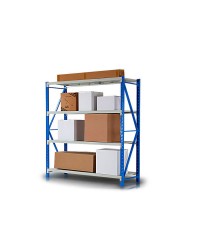
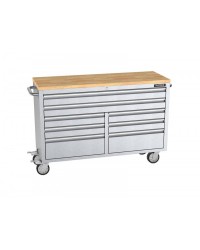



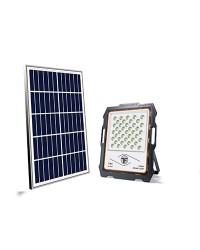

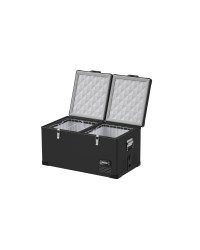
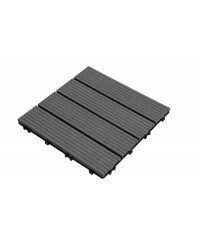
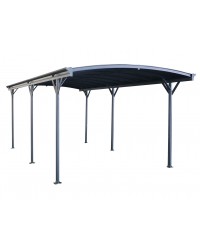
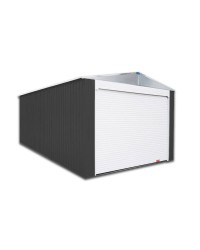





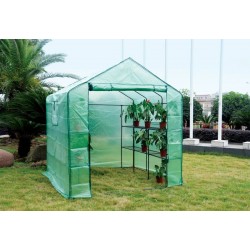
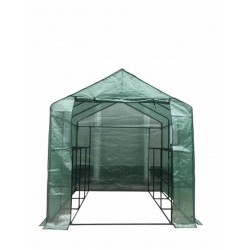
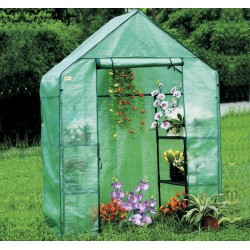
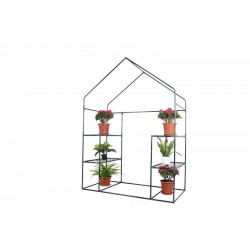
8 Comment(s)
we have had our greenhouse for approx. 6 months & are realy pleased picking tomatoes ,have cucumbers spring onionsbeans ready to plant out & allsorts of seedlings
Wow! Thanks so much for this post. This information has been very helpful. Thanks for sharing this post.
This is a really informative post. I learned a lot from reading it and appreciate the clear explanations and helpful tips you provided.
This is a really informative post. I learned a lot from reading it and appreciate the clear explanations and helpful tips you provided.
This is a really informative post. I learned a lot from reading it and appreciate the clear explanations and helpful tips you provided.
This is a really informative post. I learned a lot from reading it and appreciate the clear explanations and helpful tips you provided.
This is a really informative post. I learned a lot from reading it and appreciate the clear explanations and helpful tips you provided.
This is a really informative post. I learned a lot from reading it and appreciate the clear explanations and helpful tips you provided.
Leave a Comment